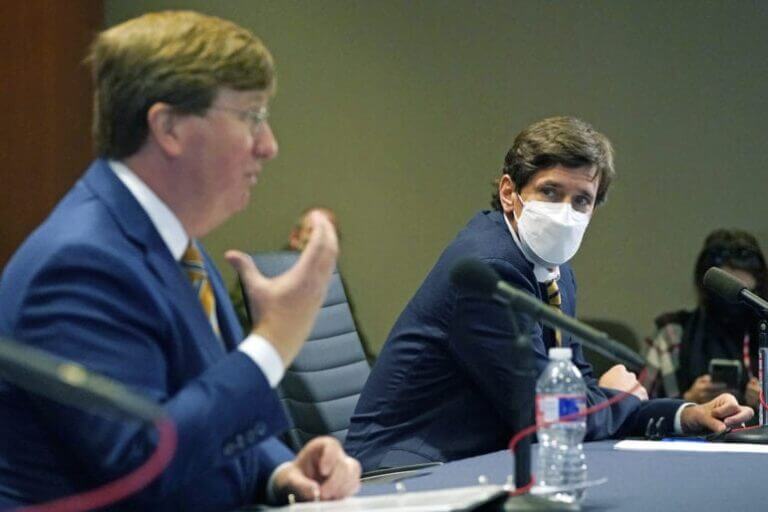
Mississippi Association of School Administrators.
Ronnie McGehee, executive director of the Mississippi Association of School Administrators.
Lt. Gov. Delbert Hosemann announced Wednesday his appointment of Ronnie McGehee, former superintendent of Madison County School District, to the State Board of Education.
McGehee, who has more than 40 years of experience in education, will serve an eight-year term pending confirmation by the Mississippi Senate.
He is currently the executive director of the Mississippi Association of School Administrators and Mississippi Association of Secondary School Principals. While superintendent in Madison County, the district achieved and maintained an “A” rating and transitioned to one-to-one technology, meaning each student was equipped with their own device.
Prior to serving as superintendent he taught and coached in both public and private schools.
“My parents were not formally educated, but they always instilled in me and my brothers the determination to achieve the best education possible, and then go out and help others do the same,” said McGehee. “I am looking forward to working with the Lieutenant Governor, the legislature and others to continue working toward that goal.”
Hosemann said quality education is the key to a successful future for Mississippi.
“Dr. McGehee will do an excellent job in this position because he has vast experience in the field, he has the trust of our public educators across the state, and he has the heart to do the hard things we have to do to help our students and schools achieve,” said Hosemann in a press release announcing the appointment.
The Board oversees the Mississippi Department of Education and meets monthly to discuss policy and adopt rules for the state’s public schools.
The nine-member board is appointed by state officials. The governor appoints five positions: one school administrator, one teacher, and one individual from the state’s North, Central, South Supreme Court districts, respectively. The lieutenant governor and speaker each get two at-large representatives, meaning they have no residential or occupational requirements on who to choose. The board appoints the state superintendent, who serves as the board secretary, and two student representatives who also serve on the board as non-voting members. Members serve nine-year terms.
There are currently several vacancies on the board, including the speaker’s at-large appointment (formerly Sean Suggs) and the teacher representative, appointed by the governor, is also vacant.
The term of John Kelly, who fills the Southern Supreme Court District spot, expired in July, though he has continued to serve on the board.
The post Former Madison Co. superintendent appointed to State Board of Education appeared first on Mississippi Today.















